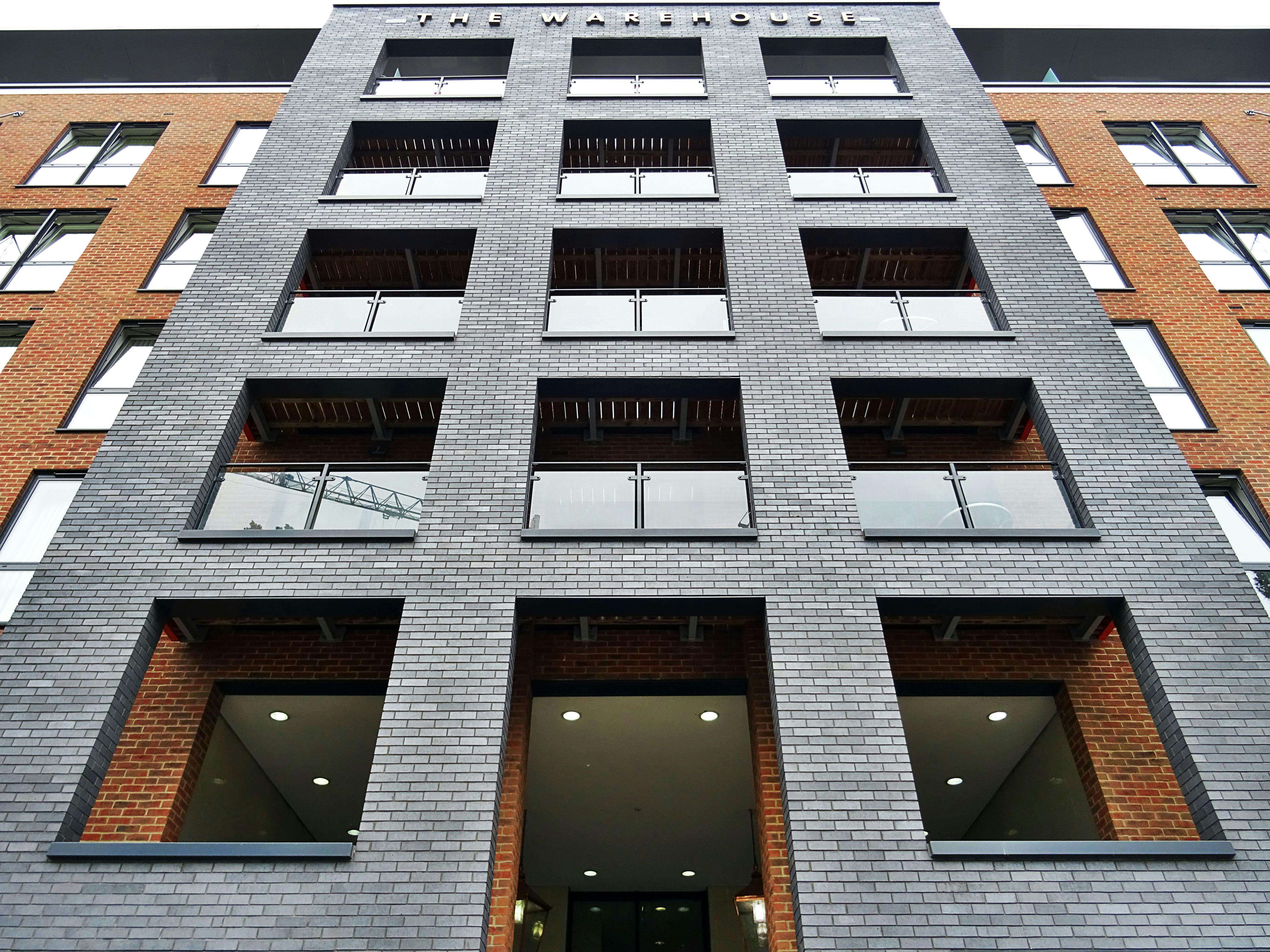Texas Natural Gas Co. came to Upton County, Texas in 1950. They selected a site to build a natural gas processing plant 17 miles northeast of Rankin. Men and equipment were brought to the site in unprecedented numbers.
The design of the plant was organized in seven different stages, starting with the engine room. The engine room floor and side wall were poured with cement mixed primarily by hand. Next, the engine pedestals were poured and prepared to receive the engines. Most of the engines were 9-880 HP Clark engines with 1-660HP and 1440HP. The engines came unassembled, the bed section was put in first and put in place. Then the crankshaft was added along with the block and cylinders. Rods and piston heads were then fitted to complete the process.
Then the compressor cylinders were added to the rear of the engine. Not all engines had the same type of compressor. 4 types of compressors were installed, low-stage, second-stage, high-stage and propane. The pressure in these cylinders ranged from 35 pounds of inlet in the low stages to 800 pounds of discharge in the high stage.
While crews worked in the engine room, other crews prepared molds to pour the bases of the towers to be erected. The first tower that the gas entered was the absorber, the gas entered from the bottom and exited from the top, while traveling to the top of the tower, lean oil or crude naphtha n. 2 flowed down through the rooms and took out all the heavy ends of the gas, what was left was methane gas, which is what we burn in our houses.
The gas then passed to the deethanizer, the same process as the absorber was followed, at this time the ethane was removed and the rest of the heavy ones passed to the next tower.
The heavyweights then went to the depropanizer where the propane was removed, then they went to the debutanizer where the crude gasolene came out the bottom and the butane and isobutane came out the top.
Methane and ethane were put into different pipes and shipped to various locations. Propane, butane, isobutane, and gsaolene were placed in tanks and then loaded onto trucks and removed.
The hot oil heaters were placed on the west side of the plant, as far from the towers as possible. The heaters heated the heat to be pumped back over the towers in an endless cycle.
The generator room had 4 generators. There were three Cooper and an Ingersol Rand to power the generators. These were the heart of the plant, when one went offline it usually meant the plant was going down and there was a lot of work ahead of everyone.
The cooling tower was 50 feet high and 300 feet long and had 5 large fans to cool the water. The hot gases were pumped through coils to cool them and return them to a liquid stage.
There were 4 boilers in the plant that served as a heat source during the winter to prevent the pipes from freezing and to heat some of the water and products before shipment.
The train rack was on the east side of the plant. The train frame can hold 1 small tank cars and 8 jumbo cars. Regular cars had around 13,000 gallons of butane or propane, while jumbo cars had 30,000 gallons. At one point, the plant was shipping more than 300,000 gallons of propane a day from the Benedum plant.
There were 5 storage wells on the site that were used to store propane underground. These wells were the first in the world to store products in this way. The wells had a combined capacity of 65 million gallons, at one time there was no demand for propane
And there were over 300.00 gallons of propane a day burning through the flare at the plant, the flare could be seen for miles.
The company built houses for the men and their families who worked there. They were mostly 2-bedroom houses with a garage and 6 3-bedroom houses. In total there were 24 homes built on the site. A local Rankin contractor was awarded the contract to build them. In 1967, the company sold the houses to the employees who lived in the houses for $ 250.00. Employees had to buy a lot at the location of their choice and pay to move to their new location. Sixteen of the families moved their homes to Rankin, eight went to Big Lake.
Families quickly became involved in their communities and ended up making a difference. Some became firefighters, city council members, school board members, mayors, hospital board members, and members of the Lions club.
The Benedum Plant is still in operation but is owned by another company, it no longer has a hot oil system but a Cryo system that uses cold instead of heat and a turbine that rotates at 85,000 RPM to separate the product. It is a skeleton of what it used to be, but it still prides itself on it.




